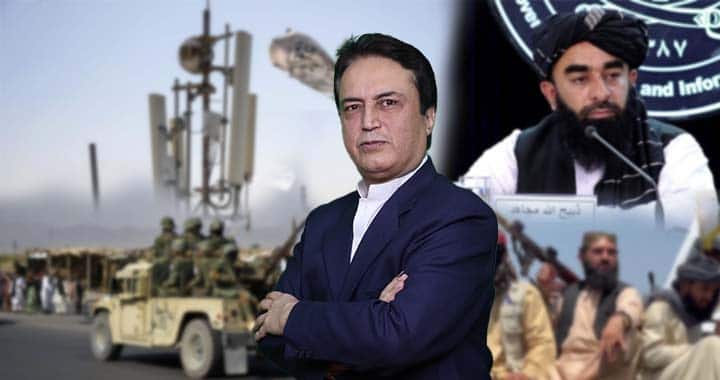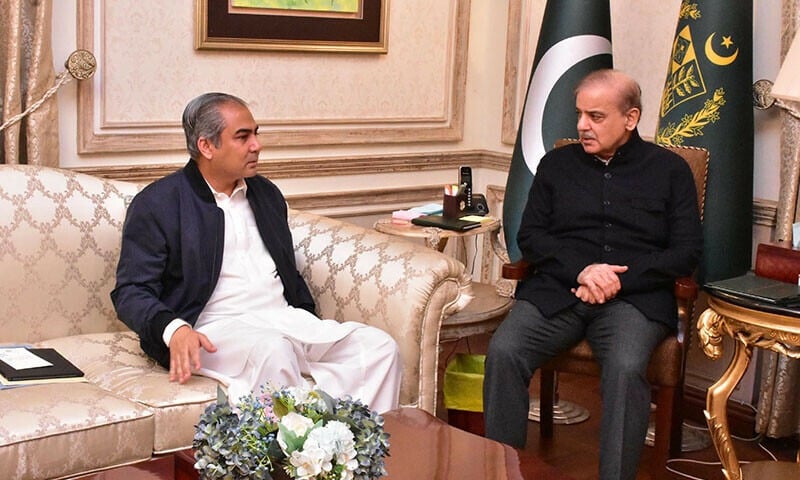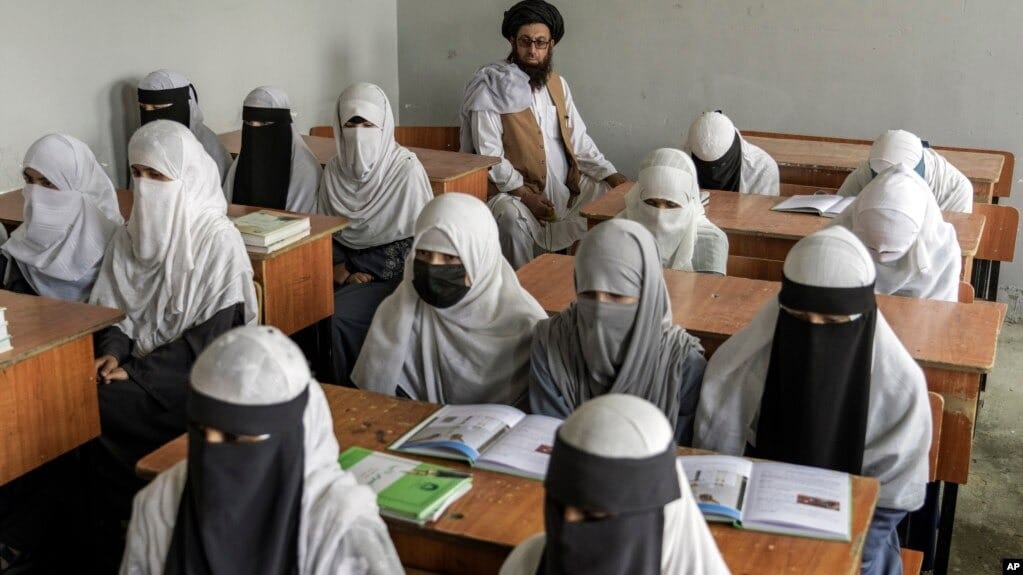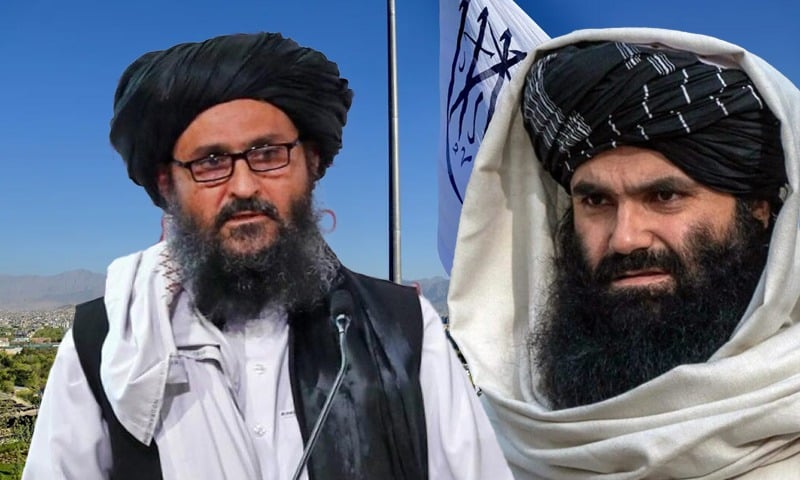Arif Yousafzai
The recent internet blackout in Afghanistan has raised serious questions about security, governance, and the flow of information in a country already plagued by instability. While Afghan authorities attributed the disruption to technical issues such as cable replacement, the scale and timing of the blackout suggest a far more unusual and concerning development.
For nearly two days, Afghanistan was cut off from the digital world. During this period, unverified reports and conspiracy theories flourished, claiming that senior Taliban leaders, including Interior Minister Sirajuddin Haqqani and Supreme Leader Haibatullah Akhundzada, had either been removed, attacked, or killed. There were also rumors of power struggles, drone strikes, and even the assassination of Hizb-e-Islami chief Gulbuddin Hekmatyar. None of these reports were confirmed, yet the absence of reliable information created an atmosphere of deep uncertainty.
The official explanation that the internet blackout was due to outdated infrastructure and replacement of cables is unconvincing. The rapid restoration of services across Afghanistan within hours makes it implausible that such a massive technical overhaul could have occurred overnight. Instead, it appears the shutdown was a deliberate move, possibly sanctioned at the highest level of the Taliban leadership, to conceal or manage a sensitive internal development.
This points to two possibilities: either there was a major internal rift or conspiracy within the ranks of the Taliban government, or a significant security threat triggered the blackout. Until Kabul provides a transparent account, speculation will continue to undermine trust and stability.
Beyond the blackout, another emerging challenge is the discovery of underground tunnels used by militants in regions like Bajaur and Waziristan. These tunnels are not new to South Asia’s militant landscape. For over two decades, guerrilla groups, from the Pakistani Taliban to Hamas, have relied on tunneling as a critical component of asymmetrical warfare.
Tunnels provide safe storage for weapons, serve as hideouts for high-value targets, and offer concealed escape routes. In Waziristan, some tunnels were found to have fully functional rooms, kitchens, and washrooms, with exits linked to wells for emergency escape. Such infrastructure allows militants to operate with impunity, embed themselves within local populations, and exploit mosques and civilian areas as shields. This complicates counterterrorism operations, as conventional strikes risk civilian casualties and backlash.
The international community is increasingly alarmed. At a recent G7 meeting, member states warned that Afghanistan must take decisive action against terrorist groups operating from its soil or face further isolation. The presence of groups such as Al-Qaeda, ISKP, TTP, BLA, Turkestan Islamic Party, and Jamaat-ul-Ahrar underscores the risk that Afghanistan could once again become a hub of transnational militancy.
For Pakistan, the stakes are even higher. The porous border and shared Pashtun belt mean that instability in Afghanistan inevitably spills into Khyber Pakhtunkhwa and the tribal districts. Already, Pakistan faces renewed terrorist activity, and any resurgence of militancy in Afghanistan could exacerbate the fragile security situation in its northwest.
Frustration in Islamabad is palpable. Pakistan once harbored expectations that the Taliban’s return would stabilize bilateral relations and curb cross-border terrorism. Instead, those expectations are diminishing, as the Taliban remain resistant to external pressure and continue to frame international demands as interference in their domestic autonomy.
Despite the mistrust, Arif Yousafzai emphasizes that confrontation between Pakistan and Afghanistan would be disastrous. A destabilized Afghanistan directly endangers Pakistan, particularly the Pashtun belt, where conflict has historically bred militancy. He argues that Pakistan and the international community should pursue engagement rather than isolation, focusing on trade, people-to-people contact, scholarships, and diplomatic dialogue.
Equally, the Taliban must acknowledge genuine concerns raised by neighbors and the global community. Refusal to address these will only deepen Afghanistan’s isolation and invite further instability.The internet shutdown in Afghanistan is more than a technical issue; it is a symptom of deeper political and security vulnerabilities. Coupled with the use of guerrilla tactics like tunneling and the growing unease of global powers, Afghanistan stands at a crossroads. Whether it chooses greater transparency and cooperation, or continues to operate in secrecy, will determine not only its future but also the security of Pakistan and the wider region. The way forward lies in honest engagement, mutual respect, and recognition of shared security interests not in conspiracies, denials, or isolation.





